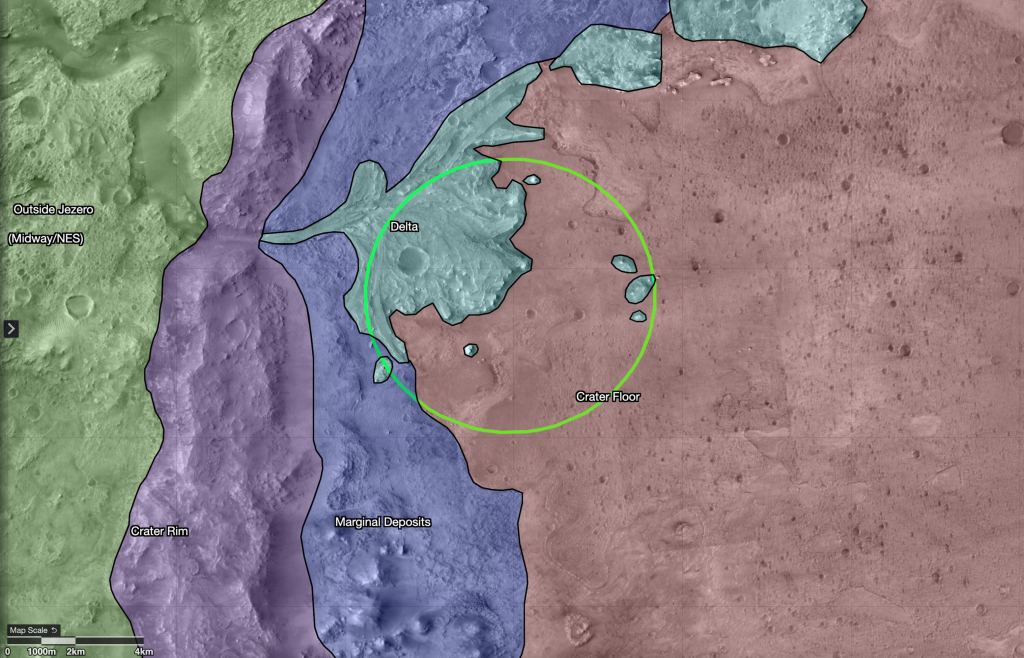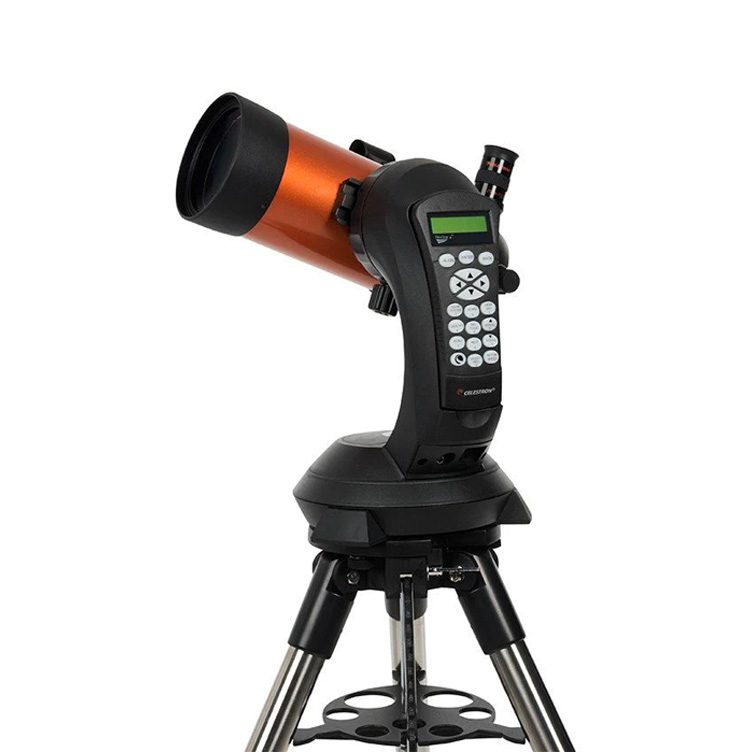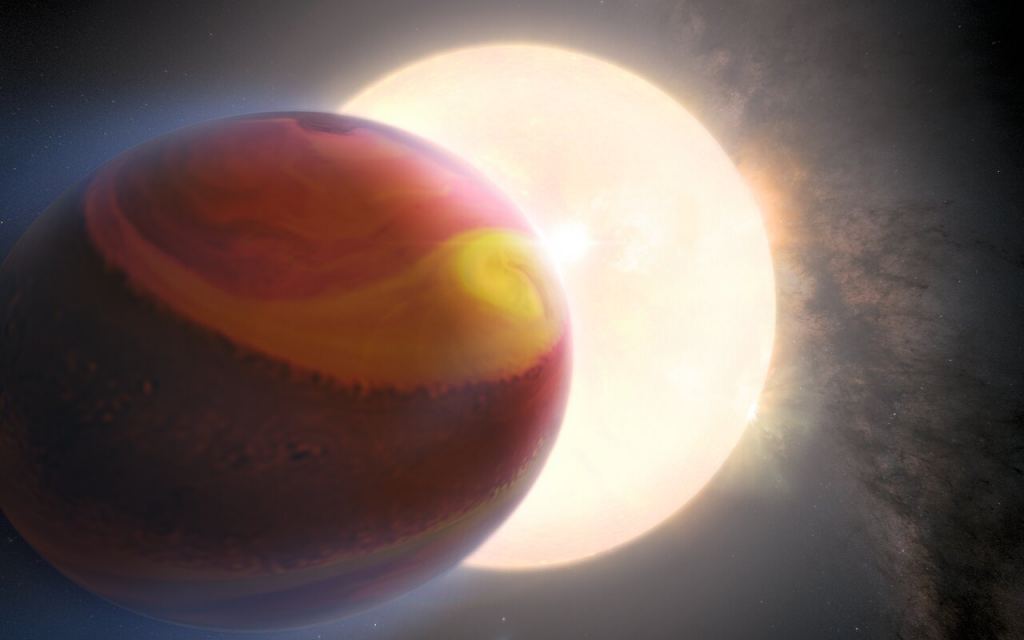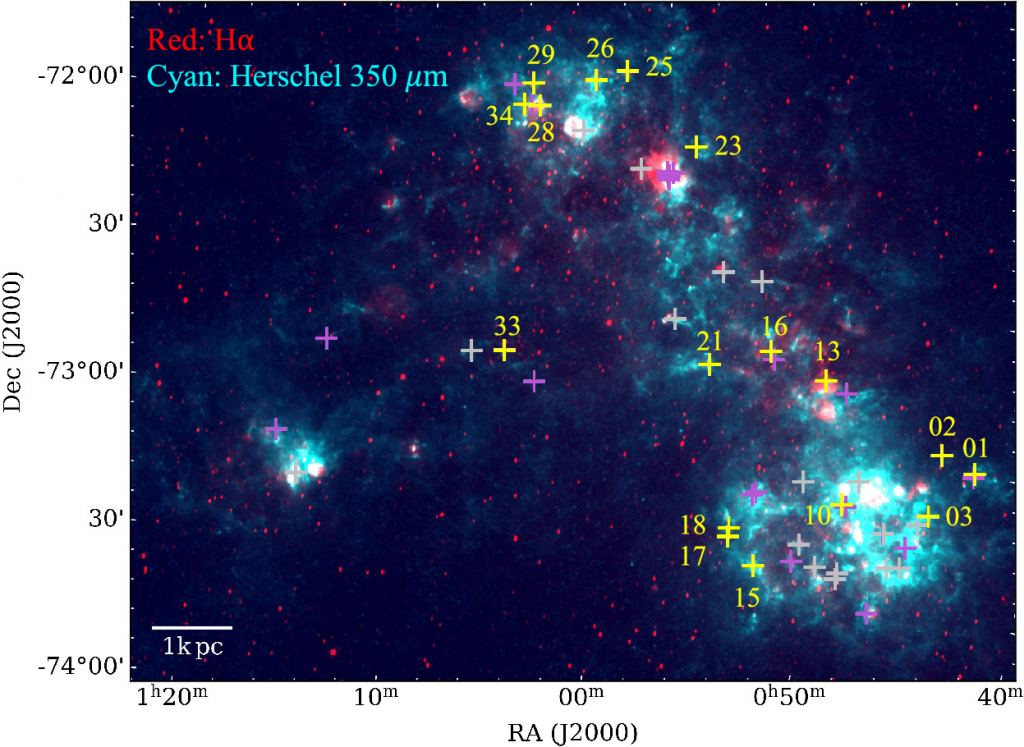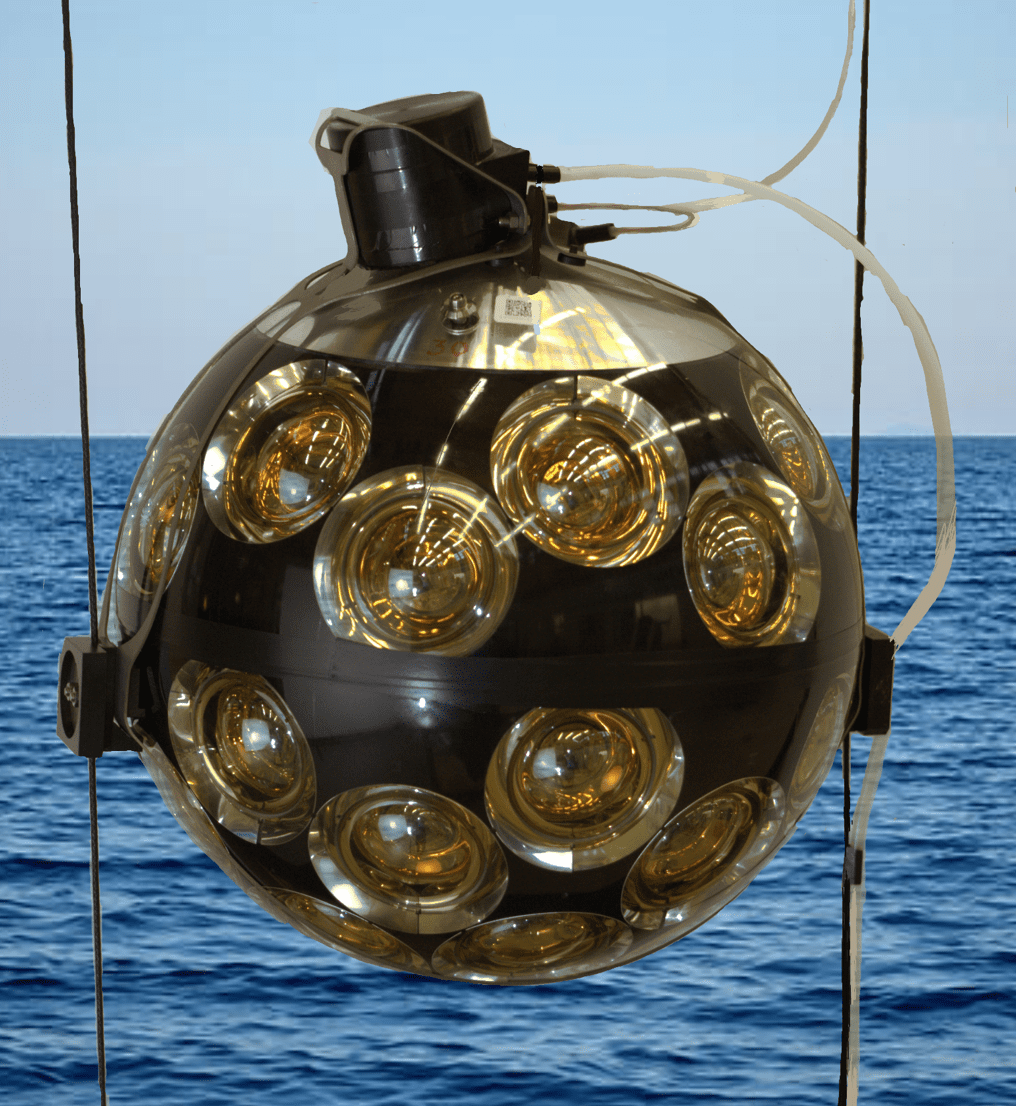Lucy spacecraft eyeballs next target in exciting new images
The Lucy spacecraft, en route to the Trojan asteroids around Jupiter, first has its sights set on a main-belt asteroid, Donaldjohanson. NASA shared this view of the targeted asteroid on February 25, 2025. Image via NASA/ Goddard/ SwRI/ Johns Hopkins APL. Lucy sees its next target The Lucy spacecraft – named for a famous fossilized … Read more

